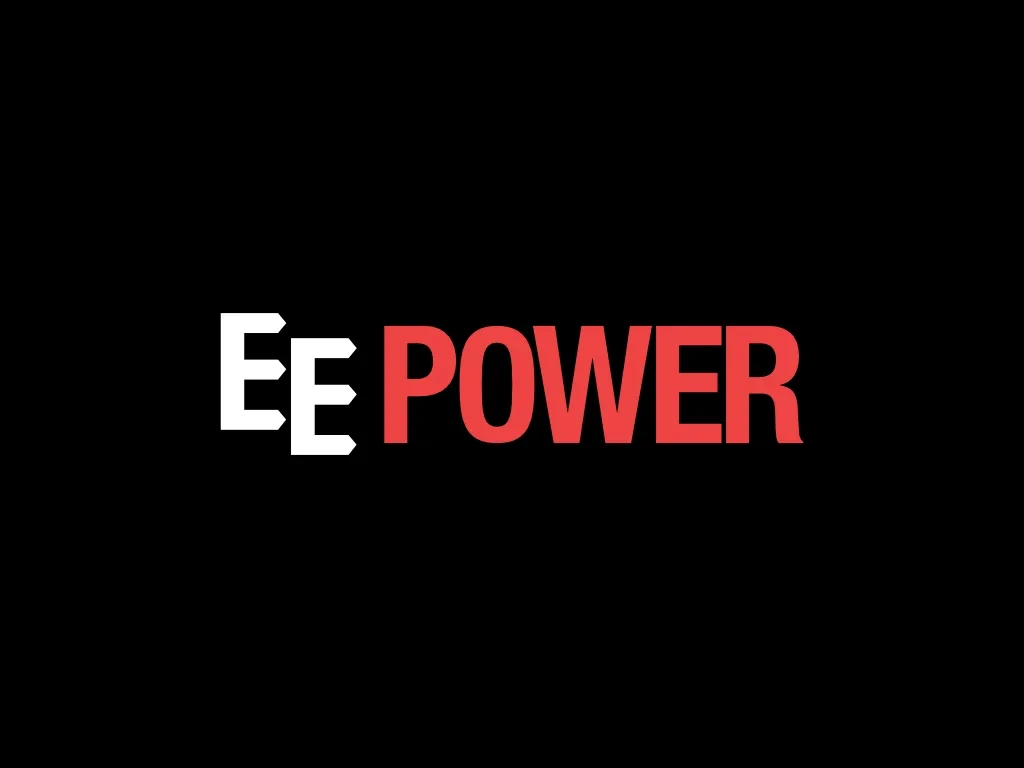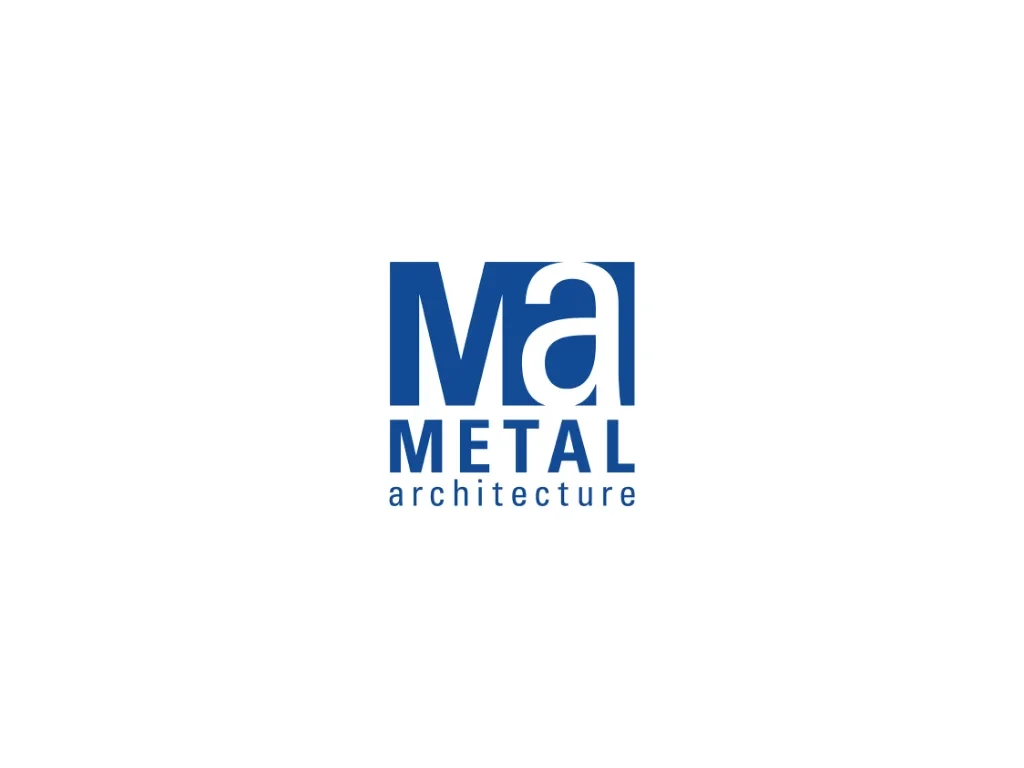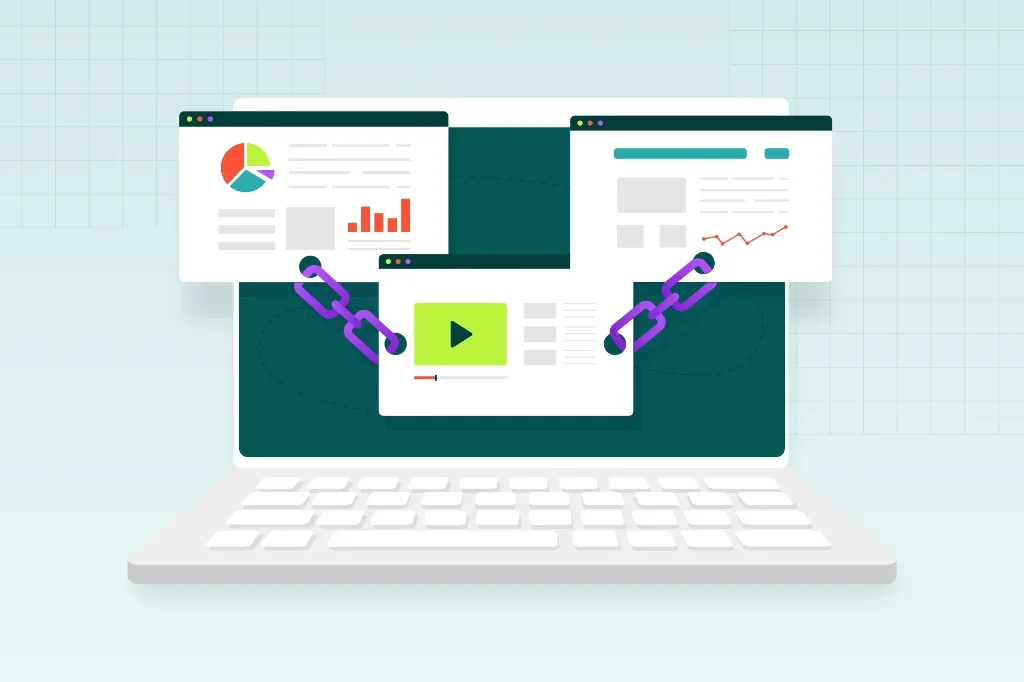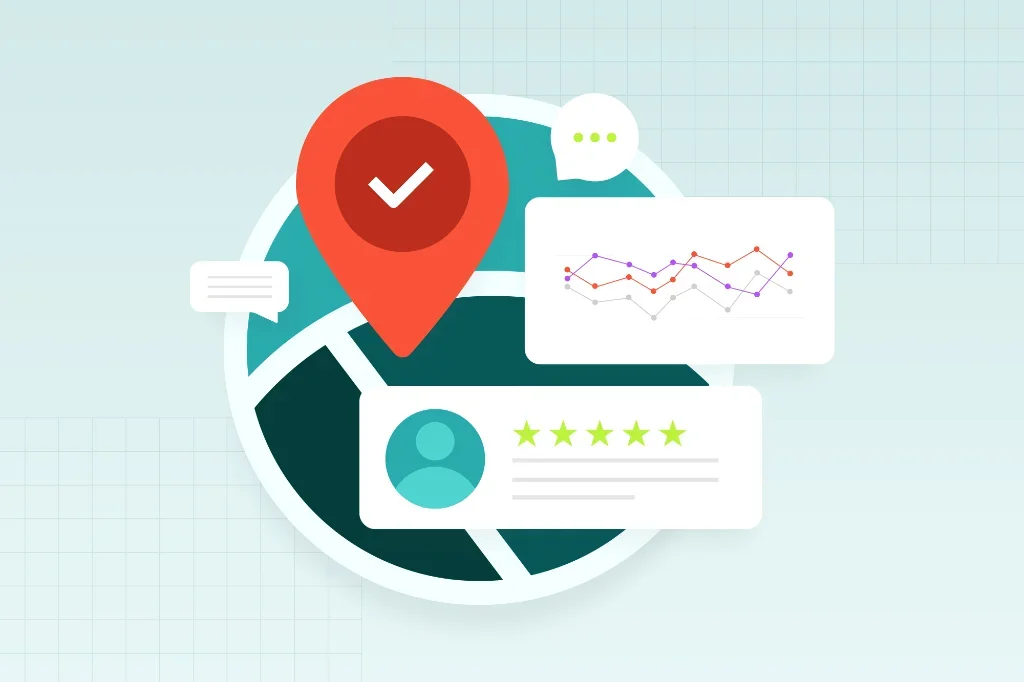SEO is not just about what lives on your site. It’s about how your company and your name are represented and discovered elsewhere.
“If a website ranks on Google but no one links to it, does it even exist?” While this riddle may be a little silly, it asks an important question about SEO. Think of off-site SEO as the bridge that connects you to the rest of the world. Whether it’s backlinks, brand mentions, or social signals, what happens off your site can have a bigger impact than what’s on it.
Off-site content optimization refers to SEO strategies that include guest blog posts, infographics, white papers, social media mentions, influencer collaborations, and more. While on-site SEO involves optimizing elements on your own domain (like metadata, internal linking, and page speed), off-site SEO builds credibility, authority, and trust through third-party validation.
SEO Expert Adam Rosenbaum discussed off-site content optimization with me and explained how it expands a company’s footprint beyond your domain.
To best understand how it works, we’ll start with the basics, including some definitions.
On-Site vs. Off-Site Content Key Differences
On-site content refers to materials published directly on your site. You control this content, and it’s optimized to improve your domain rankings. Some of this content includes:
- Blog posts
- Product pages
- Services pages
- Metadata
- Internal links
- Keyword usage
- Site structure
Off-site content exists beyond your website and helps you build authority, credibility, and visibility through external validation. This content may include:
- Guest blog posts
- Backlinks
- Infographics
- Subject matter expert interviews
- Third-party site references that lead back to your domain
Side note: The terms “off-site/off-page” and “on-site/on-page” are often used interchangeably and refer to the same concepts.
Examples of Off-Site Blog Posts
Off-Site Content and Its Importance to SEO
The focus has long been on on-site content for SEO, as it’s the easiest to control, measure, and adjust. Companies know what’s being said, where it lives on the site, and even the keywords highlighted throughout.
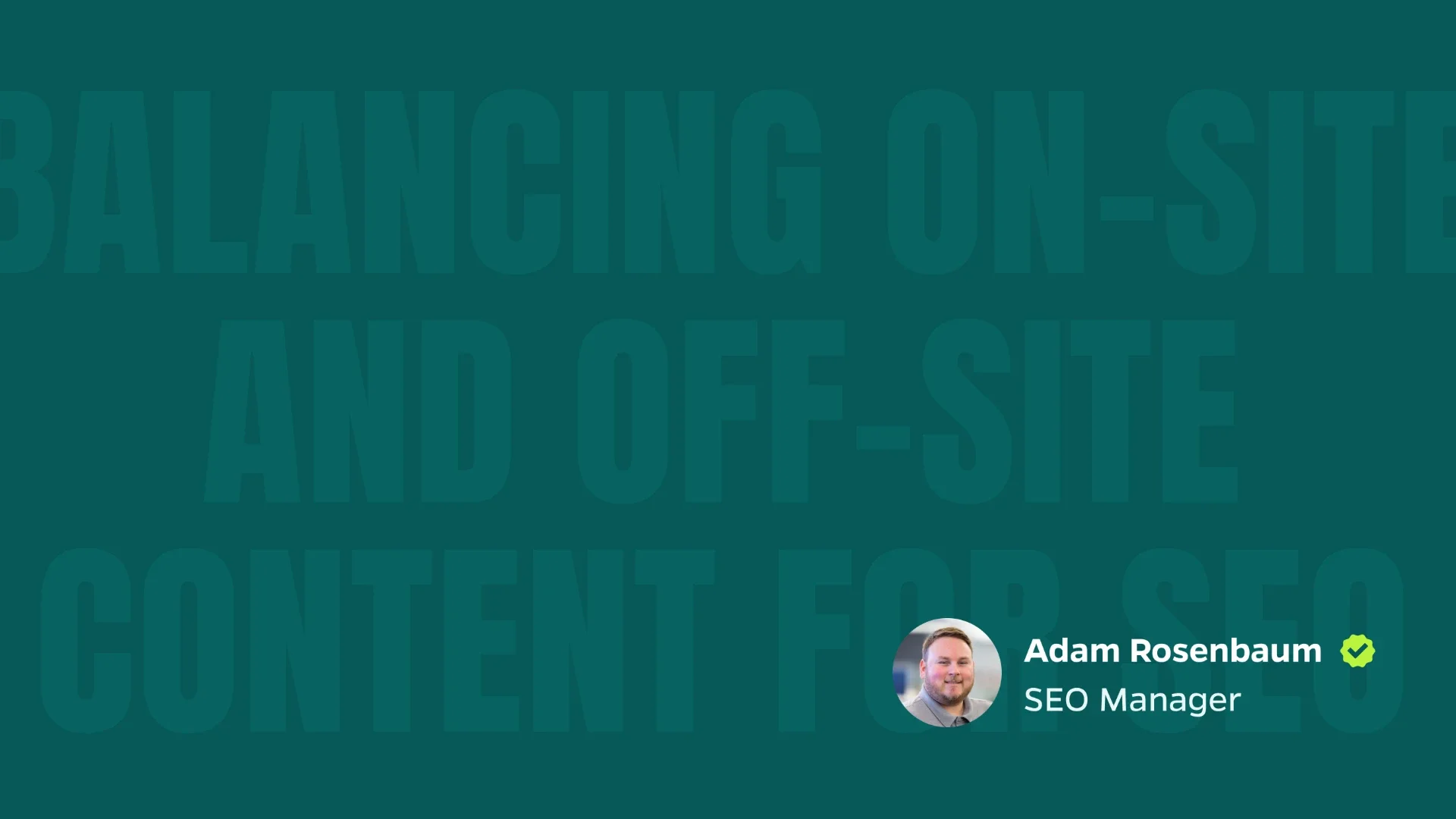
Balancing On-Site and Off-Site Content for SEO
So historically, SEO strategies, you know, prioritize on-site content because it’s easier to control. It’s easier to measure. It’s easier to adjust. Marketers, you know, focused on optimizing internal elements like page speed, keyword usage, and your site structure. And off-site efforts involve more outreach, more third-party collaboration. It’s often been seen as unpredictable or harder to scale because it’s a little bit more time intensive. But modern SEO really demands both elements to compete in a modern world and in our industry today.
Marketers worked their copy around keywords and focused on optimizing their internal pages. Off-site content was secondary due to the unpredictability and perceived lack of scalability. What marketers have learned is that it’s essential to have both on-site and off-site content to be more strategic and competitive in the modern world of SEO.
Off-site content requires more value, deeper insights and higher relevance to secure meaningful placement and trust from search engines, AI, and users.
“Tactics like link building and guest posting have been around for decades, but what’s really evolved is the quality and expectation, the strategic approach. Modern off-site content requires more value, deeper insight, more relevance to secure meaningful placement and then earn that trust, from not only search engines, but now, AI.”
A Closer Look at the Components of On-Site and Off-Site SEO
While both on- and off-site SEO can increase visibility for you, it’s important to distinguish the difference between the two to understand how to use each to your advantage.
On-Site SEO
Early SEO prioritized on-site content for control and measurability. With on-site SEO, you are in the driver’s seat. You control the content on your site and can work in keyword optimization and internal linking. For better reach, include metadata, header tags, and work to improve you page speed and mobile responsiveness.
It’s all about making sure your page is crawlable and valuable to search engines and AI. For it to show up in results, your content will need to be relevant, clear, well-structured, and fast loading. Users are looking for quick answers, so it’s imperative that you are providing that information as clearly as possible to show up in the top of the results.
Off-Site SEO
Off-site SEO helps to build credibility, authority, and trust through third-party validation. When your content is picked up and shared and linked back to your site, it tells search engines and AI that you are an authority on a topic, and your content is valuable. It helps mainly with branding and visibility over the more measurable metrics that on-site content typically provides.
AI engines like ChatGPT or Perplexity value these signals and mentions in external content. They consider how your content is being referenced and in what context. When your business appears in AI-generated results, it’s often due to high-quality third-party content bolstering your digital presence.
These external signals are the key to growing your presence with SEO. It’s not all about keyword matching and tagging. Now it requires Experience, Expertise, Authoritativeness, and Trustworthiness or E-E-A-T (see the interview with Senior SEO Strategist Bob Hand) and third-party validation. On-site content can drive some traffic, but long-term visibility depends on users discovering your brand through off-site content. Competitors who invest in off-site strategies like guest posting, backlinks, and social media engagement often see faster and broader exposure. Following their lead is key to gaining more traction across platforms
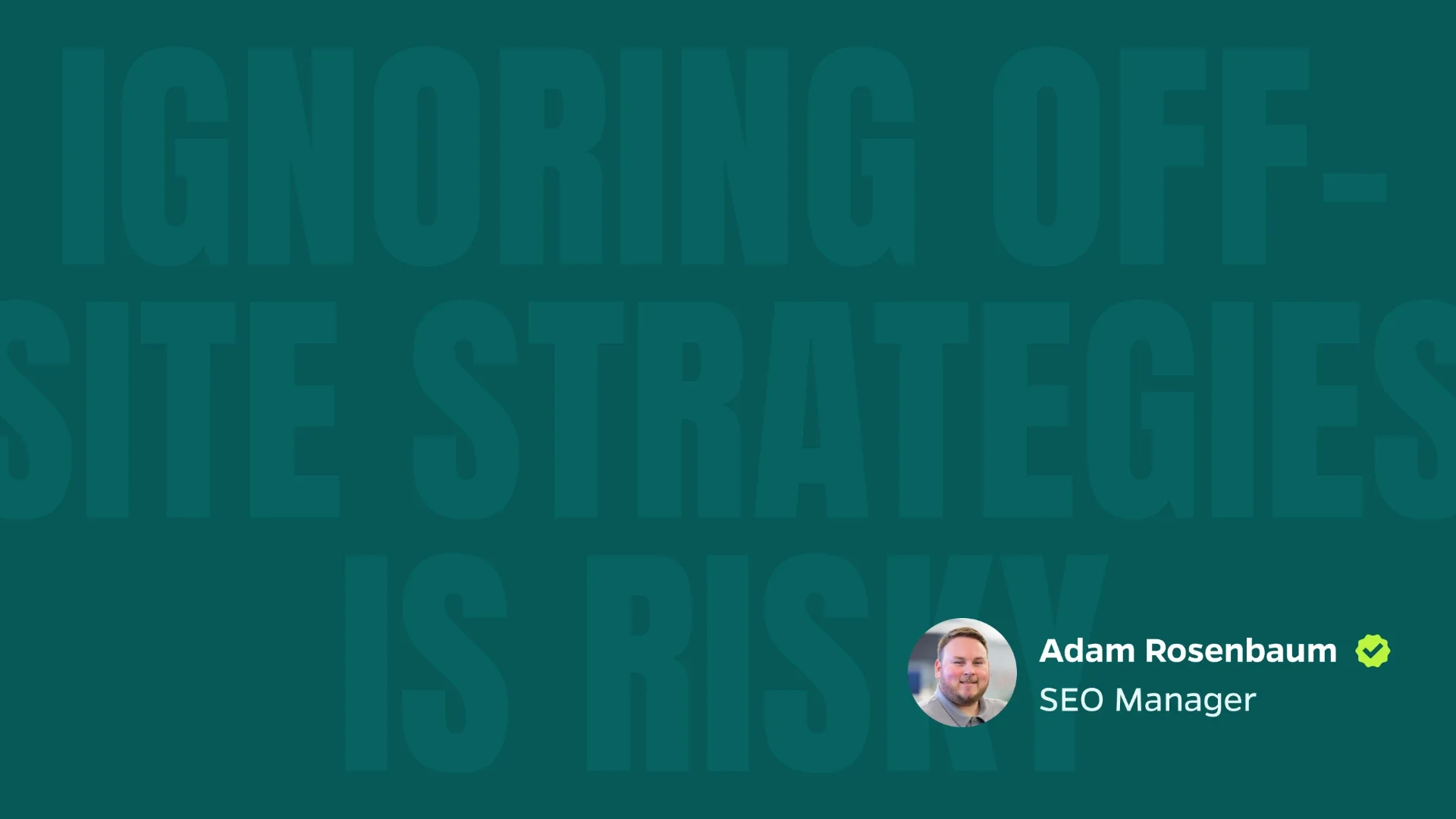
Ignoring Off-Site Strategies Is Risky
Relying solely on on-site limits your reach and your influence. So competitors who engage in off-site strategies, they’ll gain visibility across platforms. They’ll collect quality backlinks. They’ll earn trust faster. Ignoring this means you’re missing out on the multiplier effect of third-party advocacy. You know, you’re just think about it. You’re at party, and you’re just kind of alone. You’re not talking to anyone else. Right? You’re not kinda networking. You’re just on your own where once you start talking to other people at the party, you learn things about others, and people get to know about you. They start to learn about you. That’s, you know, how you build your personal brand, and that’s how websites can do the same thing with their own brand. That’s a great example.
Who Gains the Most From Off-Site SEO Optimization?
Companies that face a lot of competition in a more saturated marketplace need to have more aggressive SEO strategy plans to set them apart and ensure they are getting the right visitors to their sites.
For these entities, off-site content affords them opportunities to show off their thought leadership and to tell their story. They can use it to build a closer relationship with their target audience, so they know they are the company to trust, and they are thinking innovatively.
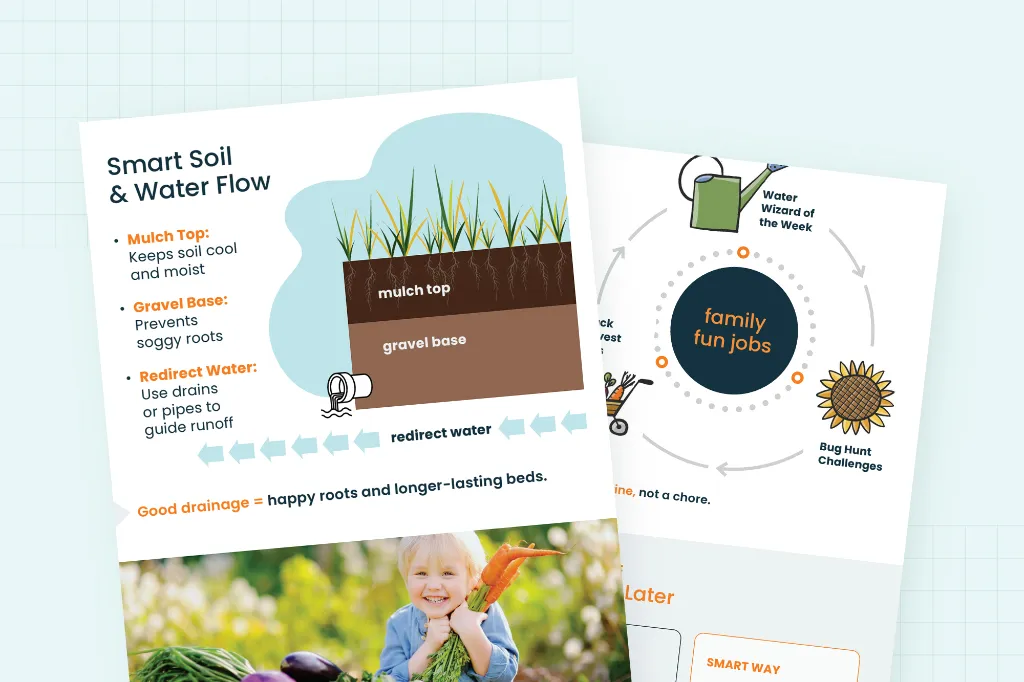
“When you place unique, authoritative content in external media, brands can break through the noise. They can showcase their innovation and then build lasting relationships, with their target audience.”
Off-site content can help amplify your voice in places where your target audience is spending time (social media, web surfing, etc.). Interviews, case studies, and a look behind the scenes, help to humanize your company and create a connection.
Off-Site Content Compounds with Interest
Think about the different products and services you use on a regular basis. They have built reputations with the help of references and links that drive people to them. They have created a lasting digital footprint. When you go to search for a gift for someone, typically Amazon links pop up. It has a reputation and search engines recognize it as more authoritative.
Companies want to get their names out there as much as possible and be the answer to the search queries. They can achieve this by third-party references and building a reputation as a leader.
SEO is both a branding and visibility play. Branding builds long-term equity, while direct links and mentions give a company visibility.
Unlocking the Benefits of Off-Site Content Optimization
You have backlinks coming from various domains and sites that can act as a trust signal and boost your domain authority. Low-quality links don’t really make a difference but rather links from lesser established websites can still be valuable. You just want to make sure that most of your links are coming from quality sources.
Not all backlinks are created equal. Getting editorial links from respected industry sites are going to increase your credibility. The context and the placement matter too.
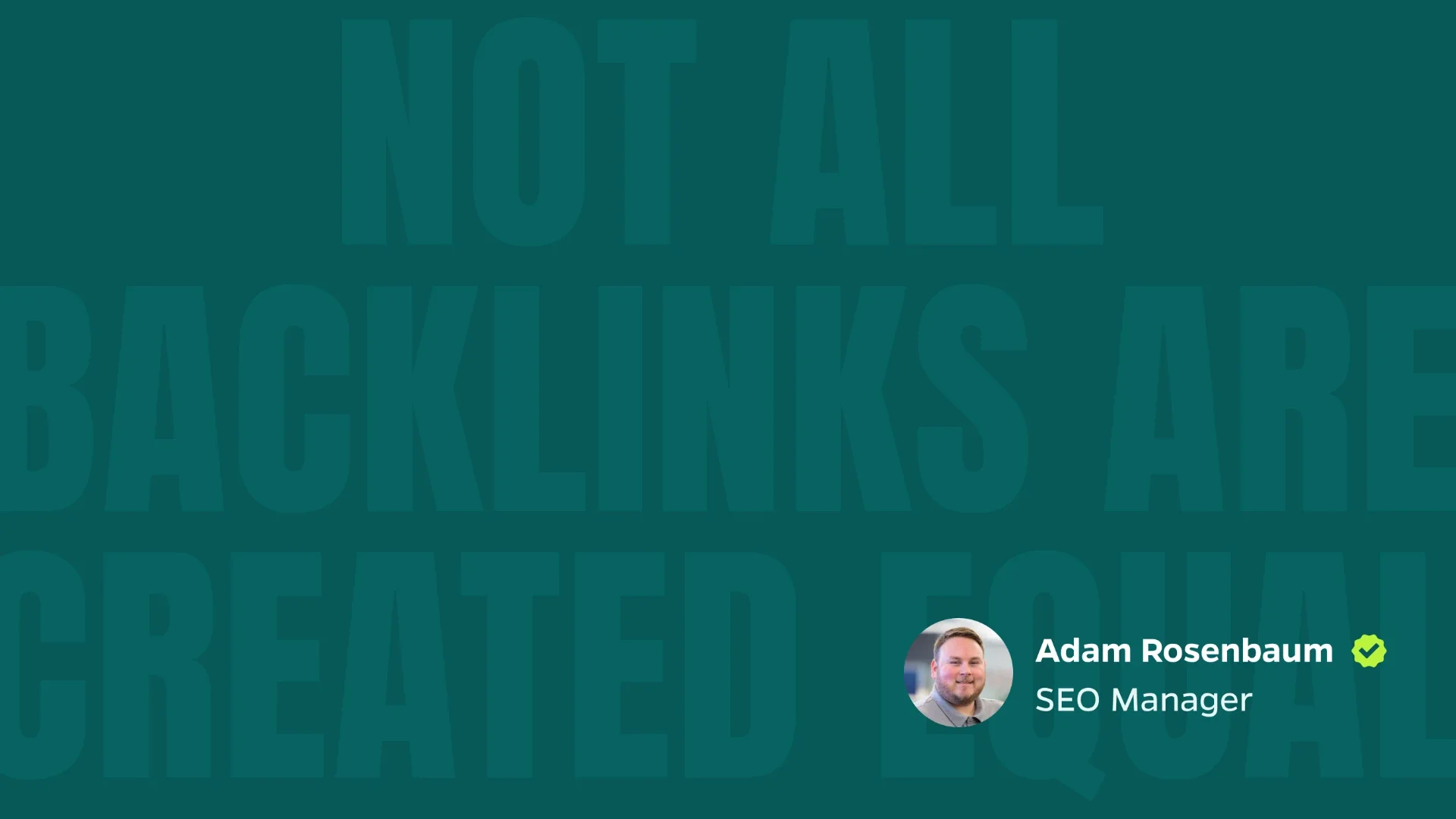
Not All Backlinks Are Created Equal
The editorial links from respected industry sites are definitely more valuable than links from, you know, low authority or especially irrelevant sources. Contextual relevance and natural placement also matter greatly. But, at the same time, you don’t want to disregard a website because you don’t think it meets a metric threshold. I go back to my days, and I worked at ProStock Hockey, and I was kinda doing this on my end. You’re in a space sometimes where you’re working with these brands and these websites that are also kinda learning the ropes on their end. So you don’t wanna not partner with someone because they’re new. They may not be so new in in five to ten years, and they have a great backing themselves. So you kinda partner together and you build yourself up together. Of course, everyone wants to get a backlink from Forbes or Times or, you know, something like that, but don’t disregard a website that’s extremely relevant in your industry just because it doesn’t have the traction that you want it to have at the time. It may never, but at the same time, it might, and you never know that for the future.
The Power of Outside Mentions and AI Engines
This ties back to relevance. You don’t have to have a link on every page. Google will know if you appear across high-quality platforms. Your company becomes more recognizable.
AI engines are content aggregators. They pull from sources all over the internet. The more your content receives validation, gets reviewed, or is co-branded, the more it influences your ranking in AI results and increases your chance of your content being recommended.
The off-site placements that drive the most qualified placements include:
- Guest posts on niche industry blogs
- Features in trusted publications
- Interviews with subject matter experts
- Shared infographics
- Resource pages
- How-to guides
These are all placements where active users will be seeking your expertise. The more often you show up, the more it affects recall and discoverability.
When users encounter a company and its services in multiple places, it increases the likelihood of search and conversions. This type of marketing takes time but can be effective. A user may find you in the discovery phase when they are just gathering information. While they may not convert immediately, they may return during a later search and recognize your company and services, at which point they’re more likely to convert. That’s the power of establishing recall and discoverability.
Common Content Types Used Off-Site
Some content types perform best beyond your own domain. We talked about some pros and cons of a few formats.
Format | Pros | Cons |
Infographics | Visually engaging; highly shareable | Limited depth; must be short and sweet |
White Papers | Data-rich and authoritative; longer shelf life | More in-depth; may be less accessible to casual readers |
Subject Matter Expert Interviews | Builds trust and humanizes brands | Dependent on expertise and overall relevance |
Each format has limitations. Success depends on choosing the right format for your content and the opportunity to provide the best possible off-site value.
If your goal is to earn more backlinks, infographics, and original research can boost your content. These formats have the most visual and data-driven appeal. A well-executed interview and expert quote can attract natural backlinks over time.
Important to Note: Your format choice should reflect audience behavior and campaign goals.
Awareness vs. Authority with Different Formats
Your infographic appears in a search. Perhaps your social post goes viral. Or maybe your company posted a new article. Each of these formats builds awareness around your brand.
Authority comes from deeper content: a white paper, a research report, an expert interview.
Align your content formats with your campaign goals. Are you trying to build awareness or authority, or both? Figure out where your audience is in their journey and plan your content accordingly.
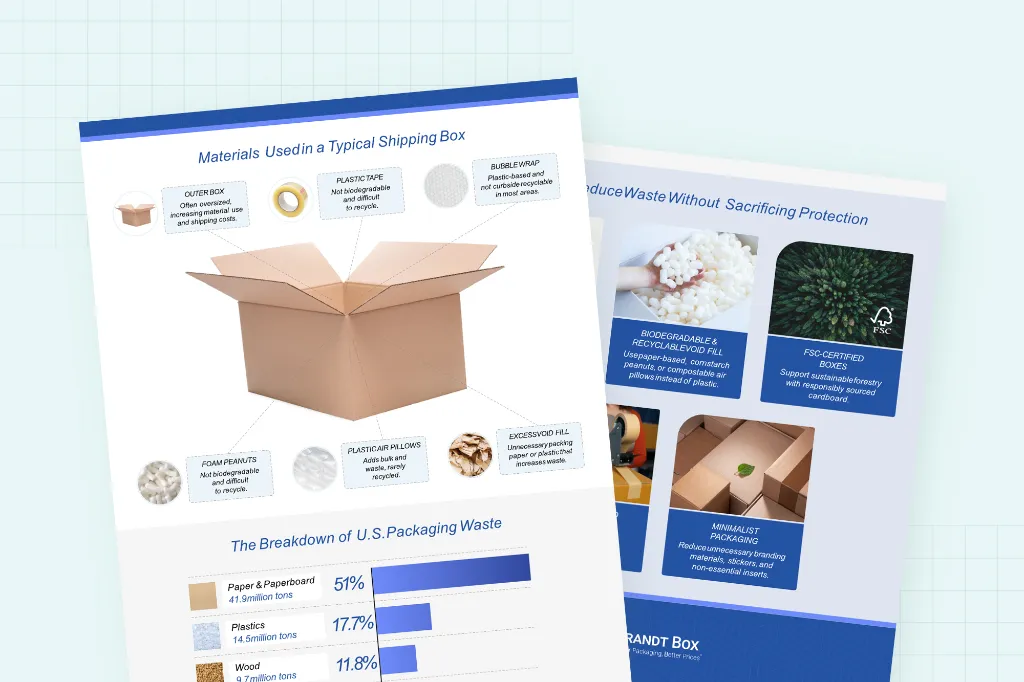
Selecting the Right Distribution Channel
You have all this great content. Now it’s time to promote it. Promotion means selecting the right distribution strategy to maximize visibility. Here are some effective options you can try:
- PR pitches
- Email marketing
- Social sharing
- Community engagement
Make sure that your content gets out there, as that will help make it linkable.
Step 1: Start with original research, expert insights, templates, or tools that offer utility.
Step 2: Make sure your content is evergreen, or something that can last for a long time.
Step 3: Grant open access. Avoid gating content behind a firewall if your goal is linkability and company visibility. If you want to establish authority, make your content easy to find and share.
A Balancing Game Between Value and Virality
Content that offers lasting value builds authority. Work on adding shareable elements like the design, a catchy headline and the right tone to increase its lasting impression. While virality is something that can fade, high-value content continues to perform day after day, month over month, year after year.
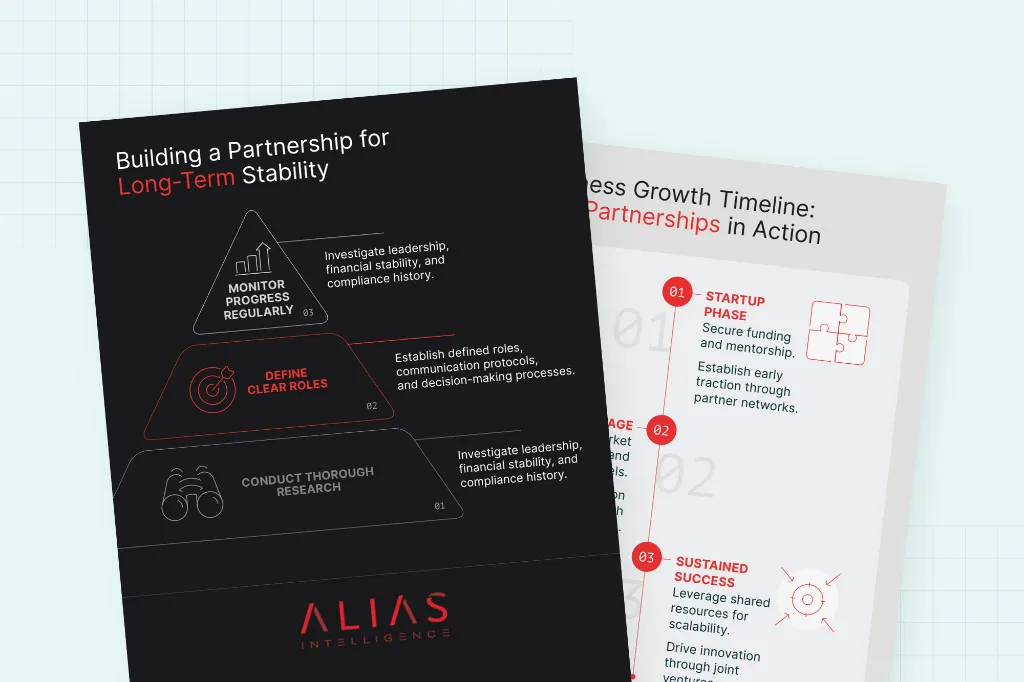
Off-Site Content Is More Than Just an SEO Tactic
To achieve broad visibility and long-term traction, you’ll need off-site content. Off-site content optimization isn’t just an SEO tactic—it’s a visibility multiplier. When your company shows up credibly across the web, both search engines and audiences take notice.
It’s not just about backlinks, as those are a byproduct of great content. It’s about positioning your company for trust and visibility. Off-site content is a branding tool.
You can’t rely on the old days of SEO wherein you build links and show up No. 1 in all searches. It takes time and planning to build your company’s brand. You need to optimize for the user, which in turn optimizes for the search engine and AI.
Key Takeaway: Off-Site Content Is Part of the Customer Journey
At every stage of the journey, there’s a next step to bring the customer closer to your company.
- Awareness: social media and influencer mentions
- Consideration: guest articles and brand comparison content
- Decision: reviews, testimonials, and endorsements
You’ve created the customer journey from start to end. A strong off-site presence ensures your company appears during the most critical decision-making moments.




